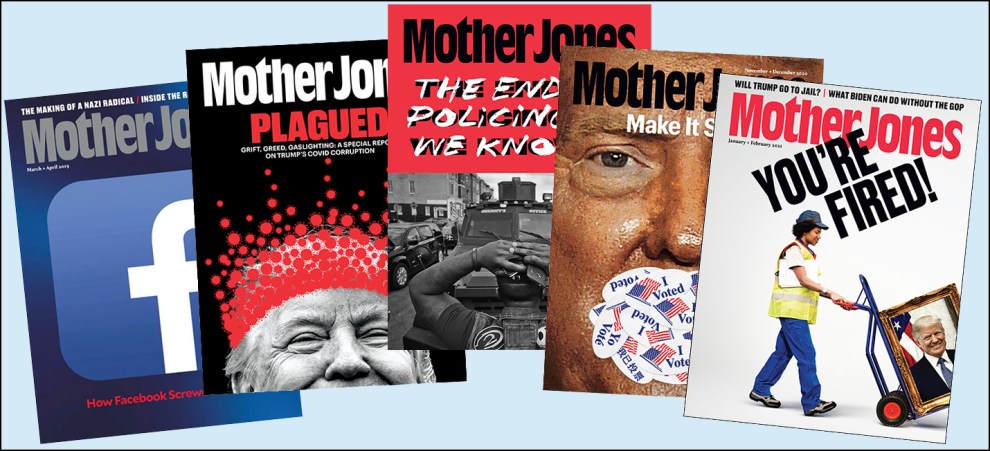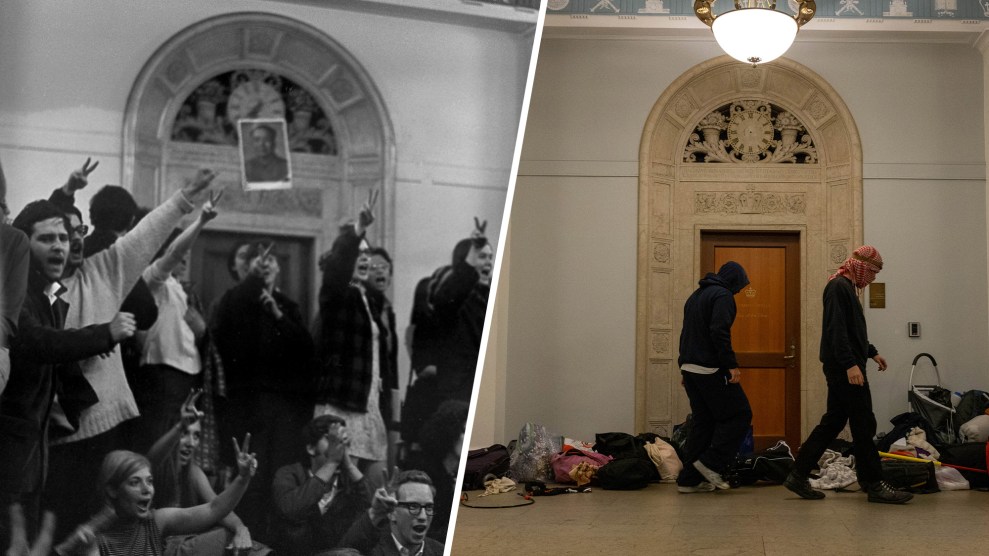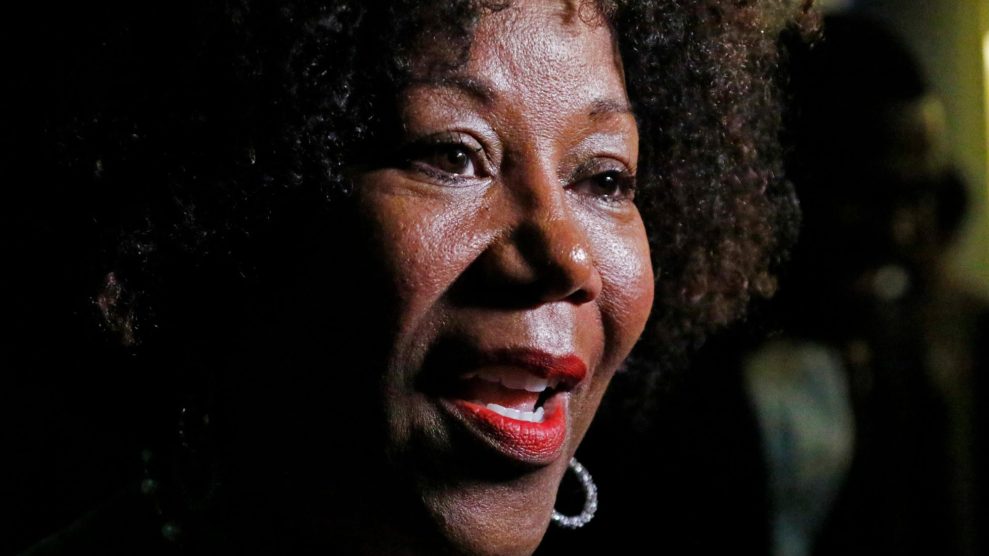This is a few days old, but here’s some local news I just ran across:
About half of Laguna Hills Mall will be demolished and converted into an open-air shopping corridor as part of a radical overhaul, according to plans submitted to the city by Merlone Geier Partners, the mall’s new owner. The planned three-year revamp is designed to boost foot traffic at the struggling mall. Sales tax revenue for the center dropped to a seven-year low of $1.4 million last year, from $1.8 million in 2005, according to city records.
This is, obviously, part of the trend away from enclosed malls and toward open-air shopping centers that’s been going on for the past two decades. But it’s a little more dramatic when you actually demolish an already-existing mall in order to convert it to open-air shopping.
I think I’ve asked about this before, but I’m going to ask again anyway: does anyone know why open-air malls have become so popular? I can sort of understand it in a place like Southern California, where the weather is pretty good, but only sort of. Albert Hammond to the contrary, it does rain in Southern California, and sometimes it’s hot and sometimes it’s windy and cold. And the rest of the country is mostly worse: who wants to go to a mall during a snowstorm?
I suppose the obvious answer is just that fashions change. Enclosed malls came to seem sterile and dead, and the consuming public was in the mood for something new. But is that all there is to it? Or was there something more going on?
UPDATE: We don’t really have any kind of firm consensus on this, but this is nonetheless the winning comment so far:
Goldman Sachs probably has a huge position in Westfield and wants to tear down malls and rebuild them so it can move some of its aluminum.
OK, probably not. But it’s possible that outdoor malls are cheaper to build and maintain and therefore more profitable. However, a bit of googling suggests that the primary dynamic here is the demise of department stores, which were always the traditional anchors of enclosed malls, and the rise of “category killer” stores like Home Depot and CostCo and Toys R Us, which are better suited to freestanding structures with nearby parking.

















